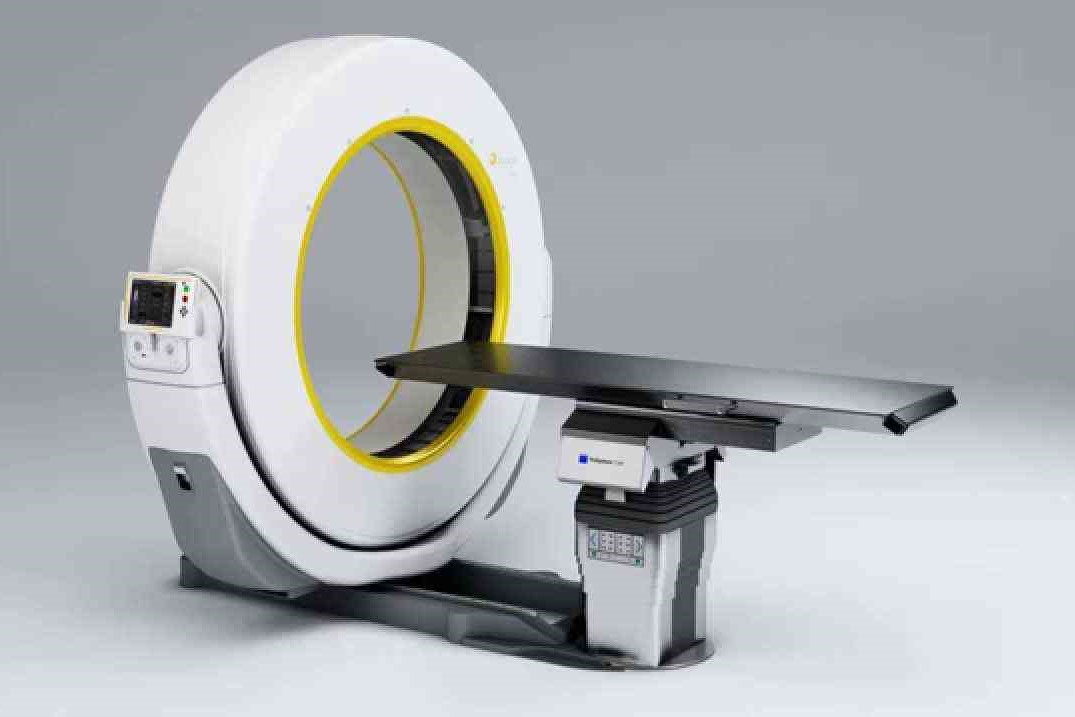
CT scan
CT can be performed if you have an implanted medical device of any kind, unlike MRI. CT imaging provides real-time imaging, making it a good tool for guiding minimally invasive procedures such as needle biopsies and needle aspirations of many areas of the body, particularly the lungs, abdomen, pelvis and bones.
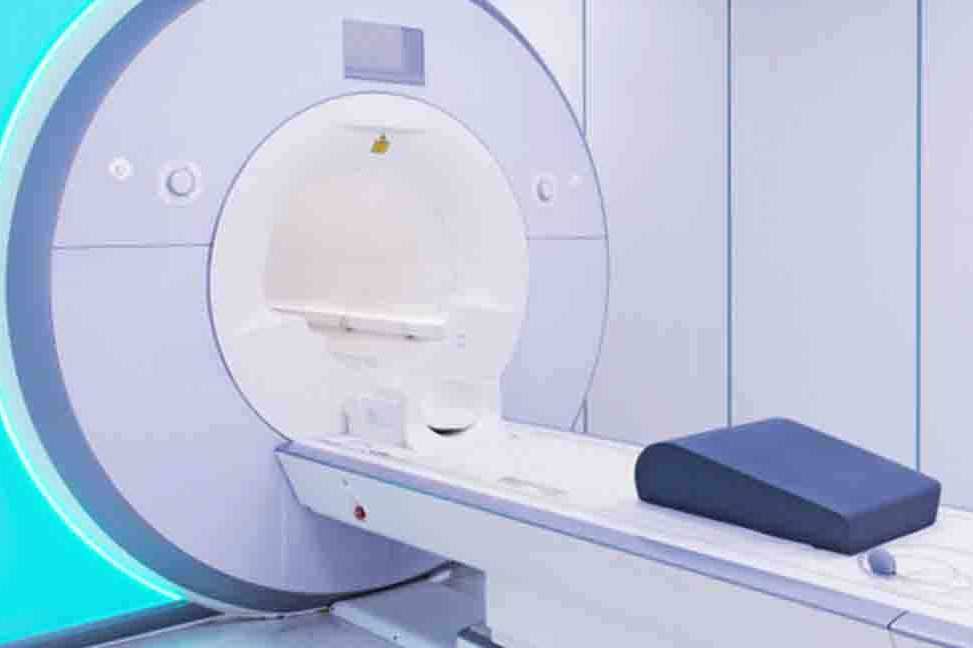
MRI scan
This technology is important because MRI scans illustrate more clearly than ever before, the difference between healthy and diseased tissue, and can provide important information about the brain, spine, joints and internal organs. It can lead to early detection and treatment of disease and has no known side effects.
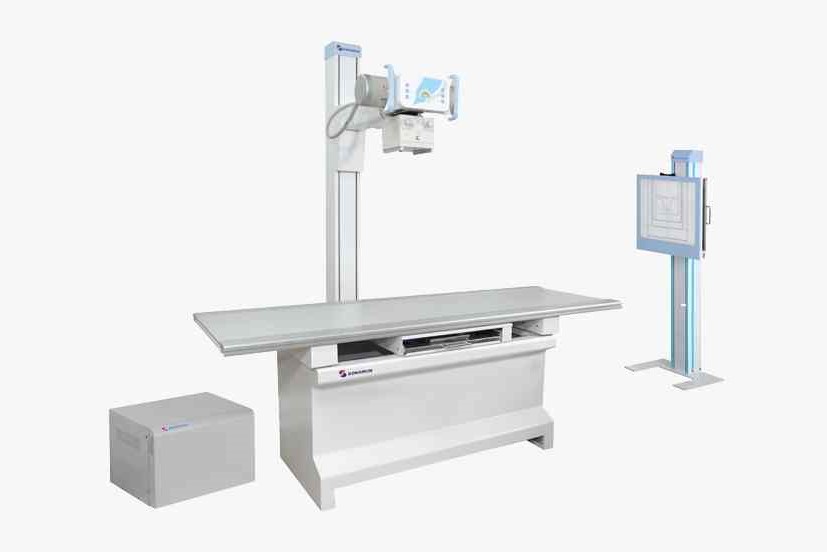
X-ray machine
Medical x-rays are used to generate images of tissues and structures inside the body. If x-rays travelling through the body also pass through an x-ray detector on the other side of the patient, an image will be formed that represents the “shadows” formed by the objects inside the body.
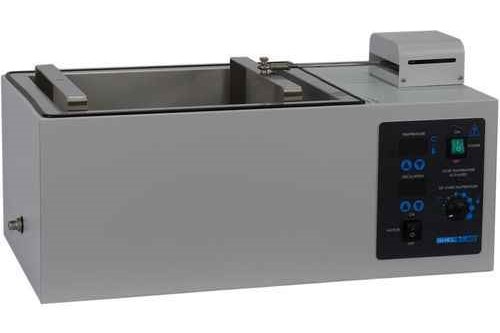
Water bath
A water bath is a device used in the laboratories to incubate samples in water maintained at a constant temperature. Temperature may be controlled digitally or by a dial and once set, the water bath cycles on and off to ensure constancy of the temperature.

Ventilators
A ventilator is a machine that provides mechanical ventilation by moving breathable air into and out of the lungs, to deliver breaths to a patient who is physically unable to breathe, or breathing insufficiently. Modern ventilators are computerized microprocessor-controlled machines, but patients can also be ventilated with a simple, hand-operated bag valve mask. Ventilators are chiefly used in intensive-care medicine, home care, and emergency medicine (as standalone units) and in anesthesiology (as a component of an anesthesia machine).

Temperature controlling devices
Medical devices are trending toward miniaturization, driven by portability, performance and safety factors. As instruments get smaller, design engineers face new challenges in meeting their project’s performance, size, weight, operating temperature, noise and budget requirements. Each of these factors also impacts thermal management technology choices. The right thermal management solution can play an important role in helping engineers meet all project requirements and design the best medical device.
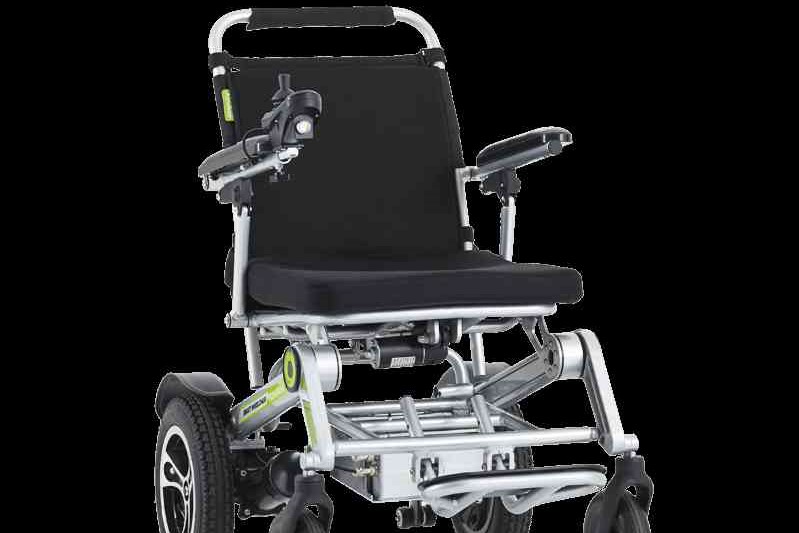
Smart wheel chair
The smart wheelchair system was designed using artificial intelligence technology to enable the system to adapt to dynamic environments and to intelligently complete operations. With a BCI system, users operate the wheelchair in a simple and intuitive manner.
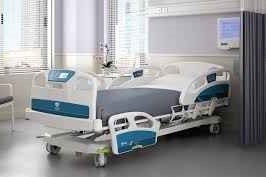
Smart bed system
Smart hospitals beds have a remote monitoring system which keeps a track of the patient. Smart hospital beds contain sensors for body temperature, heartbeat, blood, oxygen and pressure sensors, among others. All of these signals are required and necessary for the doctors to monitor the health of the patients.
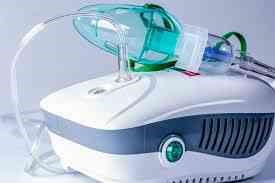
Respiratory system
Respiratory devices. Respiratory devices supply respiratory gas mechanically to patients with impaired respiratory function. The respiratory gas is usually enriched with oxygen and conveyed into the lung with a positive pressure generated by the device.